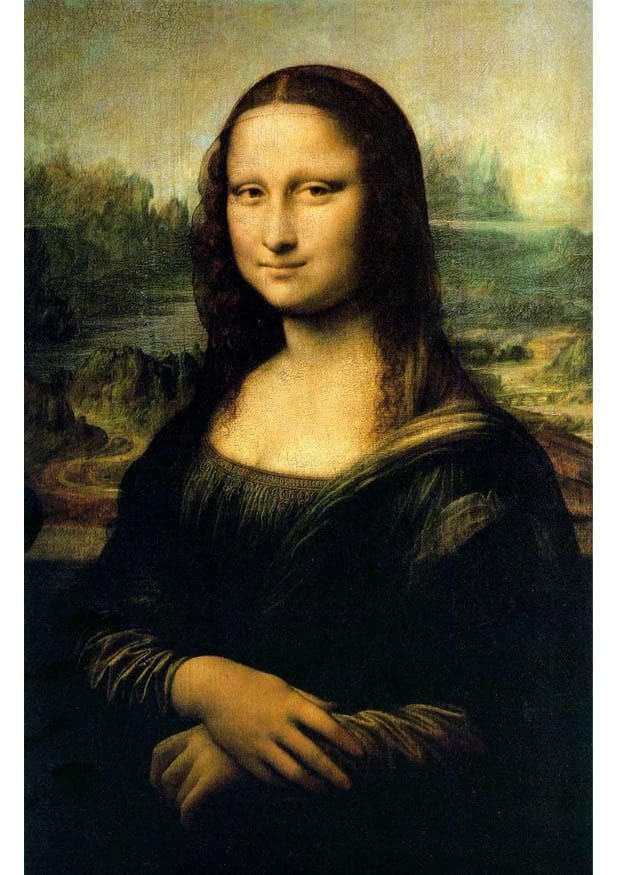Should You Invest In Art Investment Funds? (Pros & Cons)
Art investments have a reputation of being exclusively for the affluent.
But, no longer!
Today, art investment funds are a gateway for individual investors to buy shares in fantastic artworks - both in person and online. These art funds can generate significant returns, provide excellent portfolio diversification, and also act as a great inflation hedge.
Let’s look at what an art investment fund is, its benefits and drawbacks, and 5 excellent art investment funds to invest in now.
We’ll also tell you why you need to add fine wine to your portfolio in 2022 and how Vinovest can help you with it.
Further reading
- Discover everything about Investing In Art with this fantastic guide.
- Also, check out the Best Alternative Investments In 2022.
What Is An Art Investment Fund?

Art investment funds are privately managed art portfolios. They’re structured like other types of investment funds, like a mutual fund or a hedge fund. You get to pick a fund you like, and then professionals (like an art fund manager) use their expertise to manage a portfolio of art pieces for you.
Typically, an art fund manager will consult an art advisor or an art dealer. They’ll then buy, store, and sell paintings for you.
Finally, as a retail investor, you receive some of the profits when your artwork is sold.
But, not all art investment funds work this way.
Some art investment funds let you buy shares in an art piece. By buying shares in an artwork, you typically own a portion of a company that owns the artwork.
When an art fund manager acquires blue chip art, they can create a holding company for it. You can then buy shares in that company without paying for an entire art piece.
You’ll then receive a payout if the art piece is sold, or the price of your shares will appreciate if the artwork increases in value.
So, what are the upsides of art investment funds?
The Benefits Of An Art Investment Fund

Here are some benefits of putting money into an art investment fund:
- Significant returns: Over the past 26 years, the contemporary art market delivered 14.1% average annual returns. These staggering returns show that art can outperform many other assets like stocks.

Furthermore, a Banksy contemporary art piece named “Mona Lisa” sold for a whopping $1.5 million in a 2020 Masterworks art auction. Investors in the Masterworks art investment fund made an estimated 32% after fees from this painting alone.
- Accessibility: An art investment fund doesn’t require you to find, store, or maintain art pieces. You also don’t have to head to an auction house and compete with another art collector for an artist’s work.
You don’t need to be an accredited investor to invest in the art world. Nor do you need an art advisor’s expertise or to track down a reputable art dealer. Instead, you just have to pick the fund you like.
- Affordability: Art prices have a reputation of being sold at sky-high prices.Rather than spending millions on an artist’s work, art funds let you buy shares for as little as $20.
- Diversity: The art market is uncorrelated to broader stock markets. So, while a traditional investment like stocks may decline, fine art may not.
- Inflation hedge: An asset class that invests in physical assets like artwork, real estate, or fine wine acts as an inflation hedge. They perform well because their prices increase with inflation.
But, there are some downsides as well.
Is Investing In Art Funds Really A Good Idea?
Although art investment funds have many benefits, there are a few downsides.
- Uncertainty: There’s no guarantee your artwork will sell for a profit. You also risk buying shares in an artwork that decreases in value.
- Expertise: Although art investment funds are more accessible than regular art investments, there’s still an issue regarding expertise.
The specificity of the market requires increasingly nuanced professionals and skills. If art advisors require increasingly advanced skills, they can charge more.
- Transparency: The opacity of the art market means evaluating an artwork can be tricky. Art dealers are notorious for obscuring prices from individual buyers. Oftentimes, art prices are displayed to VIP collectors only.
Now, let's look at five art investment companies that allow you to invest in art funds.

5 Excellent Ways To Invest In Art Investment Funds In 2022
Here are 5 companies that make art investing and finding art funds a breeze.

- Artenundi: Artemundi is one of the best-performing international art fund management firms in the art world. It offers private art funds (like a private equity fund) worth billions of dollars and generates substantial returns for art investors.
In fact, their 2010 Global Fund generated 85% returns over 10 years, with shares starting at $500.

- Anthea Art Investments: Anthea Art Investmentsis aSwiss advisory boutique that invests in high-end art pieces by established and emerging artists.
Anthea regularly auctions blue chip art for millions of dollars to pay out dividends to its investors.

- Masterworks: Masterworks lets individual investors buy fractional shares of blue chip artworks for a minimum of $20. Masterworks functions like an art stock market and allows you to trade their shares.
Masterworks makes art investing easy for everyone, regardless if you’re an accredited investor or an avid art collector.

- Yieldstreet: Yieldstreet recently launched The Art Equity Platform, which offers a series of funds. The Art Equity Platform includes the Art Equity Fund II.
The Art Equity Fund II focuses on just 10-20 works by famous emerging artists like Kenny Scharf. As a retail investor, you can expect 13%-17% annualized returns over 3-5 years.
Furthermore, Yieldstreet owns Athena Art Finance. Athena Art Finance provides art loans and can act as an art advisor to individual investors.

- The Fine Art Group: The Fine Art Group offers several art investment opportunities, including private and pooled investment funds. This company recently acquired Pall Mall Art Advisors and holds billions of dollars in assets.
Now, let’s look at another spectacular alternative investment - fine wine.
Why Fine Wine Is A Phenomenal Investment

Fine wine is a tangible alternative asset class that provides an excellent investment opportunity.
Like art investment funds, fine wine is also more accessible and affordable than regular art investments. But, fine wine investments also have other benefits.
Here are some of the reasons why fine wine is an excellent investment.
- Lucrative returns: The year-to-date returns for the fine wine market is 25.5% over the last year alone. Furthermore, your investment could have generated 50.3% returns over the last 5 years.
- Inflation protection: Fine wine is an inflation-proof investment because the price of fine wine usually increases with inflation.
So, if you have a collection of fine wines and inflation increases, you can sell your bottles for more.
- Recession protection: Fine wine has a history of maintaining excellent performance during recessions. This is thanks to its low correlation to traditional assets.
For example, during the 2008 recession, the fine wine industry generated 25% returns. And during the 2020 recession, the Liv-Ex 1000 index climbed 1.6%.
- Stability: Fine wines become rarer with age, meaning they increase in value. So, your fine wine asset becomes more secure the longer you hold onto it.
- Accessibility: You don’t have to be an institutional investor to invest in fine wines. In fact, investing in fine wine is as easy as clicking a few buttons and answering a short questionnaire.
Gone are the days of having to head to a wine auction house to bid against other potential buyers.
But how can fine wine investing be so simple?
With Vinovest, of course!
Vinovest is an expert wine investment company that procures, manages, and authenticates a portfolio of rare wines for you. They’ll even store your wines for you in their climate-controlled bonded warehouses. You can then receive or sell your wines when you choose. In fact, Vinovest makes exiting the market a breeze.
Fine wine usually peaks in value after 5-20 years. Vinovests advisors provide guidance on the best liquidity options and time periods to sell your bottle to maximize your return on investment, no matter how unstable the global economy is.
Diversify Your Portfolio With Art Funds & Fine Wine

Art investment funds are an excellent way to get involved in fine art investing. They’re also more liquid and more accessible than regular art investments. Also, they don’t require you to maintain a precious art piece.
But, if you’re looking for a truly spectacular alternative investment, fine wine is a better option. A fine wine investment outperforms art investments, is easier to maintain, and is super simple.
Sign up with Vinovest today for the easiest way to buy, store, and manage a portfolio of rare and authentic wines.



